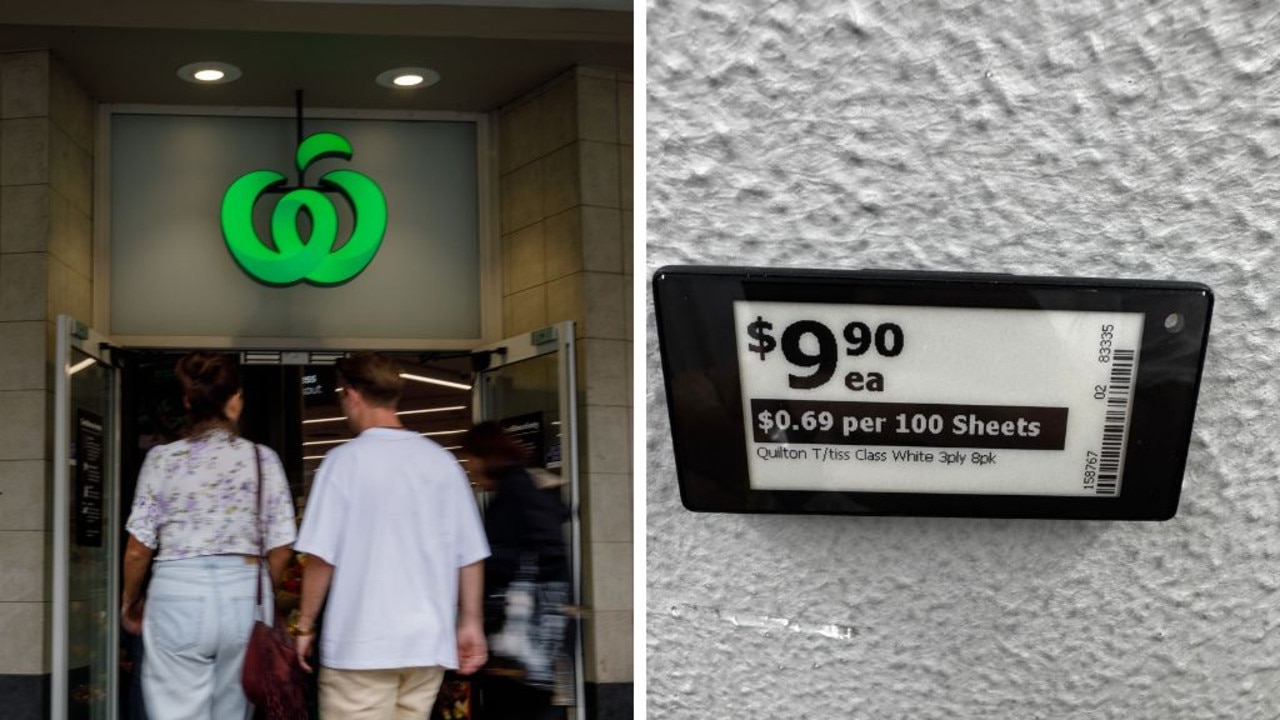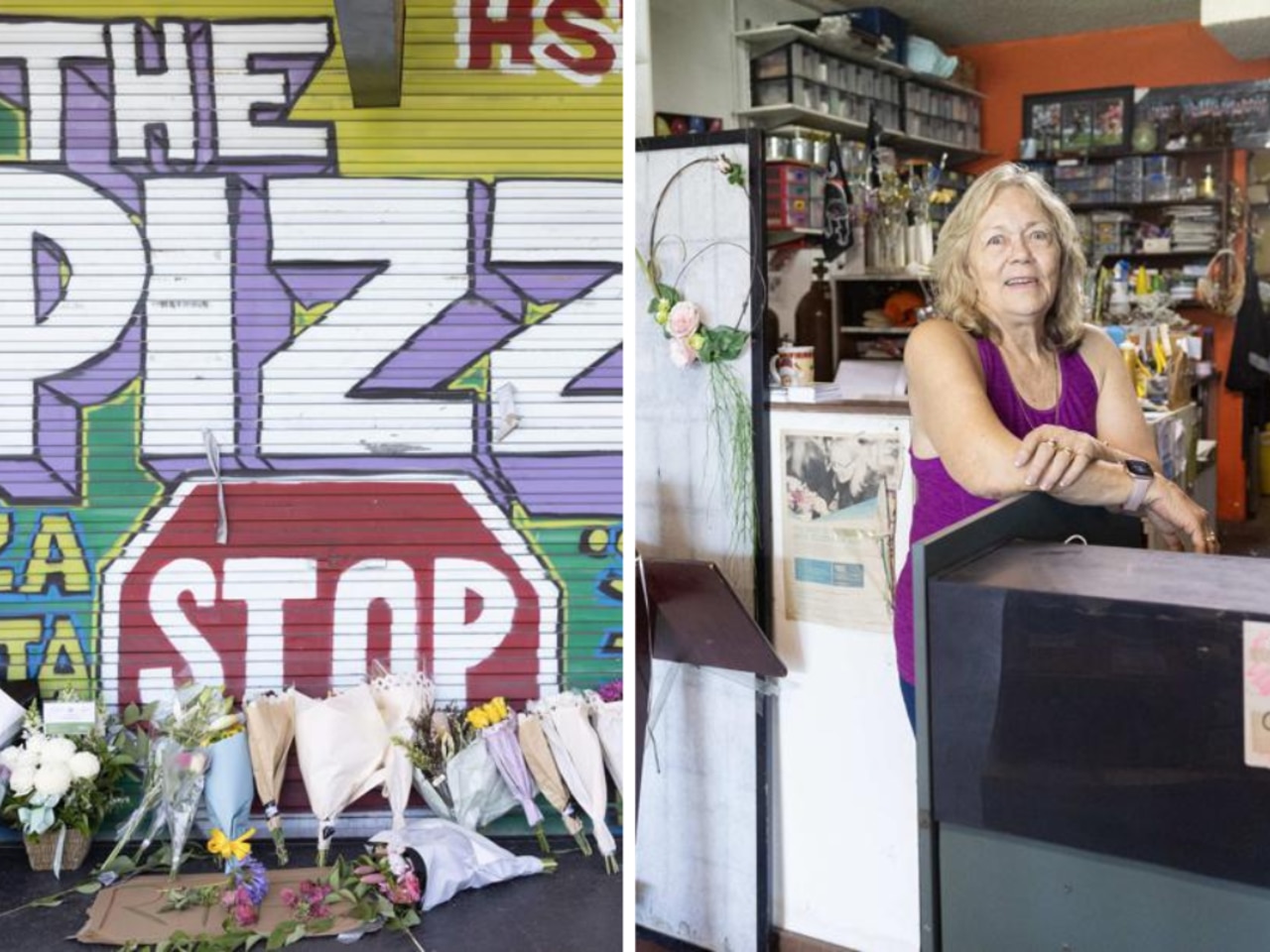Wollongong set to become a mini-metropolis by 2040
A new vision for Wollongong in 2040 highlights a thriving mini-metropolis where more residents will be able to work locally. But developers say faster train connections, more office space and larger buildings are needed to make that a reality.
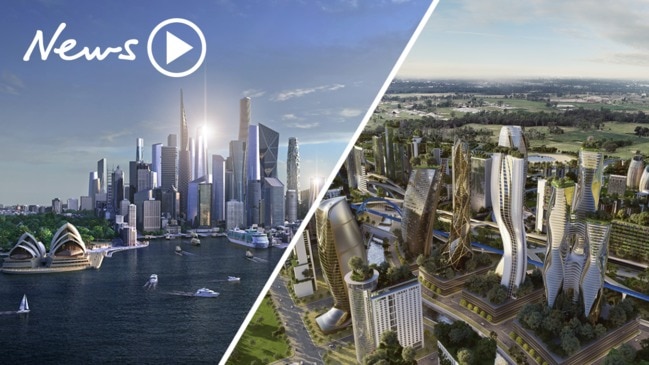
NSW
Don't miss out on the headlines from NSW. Followed categories will be added to My News.
- City of the future: What Sydney will look like in 2040
- Taller buildings to reflect growth of Parramatta
Developers keen to complete the urban transformation of Wollongong say the city needs a faster train connections, more office space and taller apartment buildings.
The Urban Taskforce’s 2040 vision for Wollongong depicts a thriving mini-metropolis where more residents will be able to work locally in white collar occupations.
The current reality is something very different, with more than one in four (23,000) locals travelling to Greater Sydney for work.
“If a fast train connection is developed between Sydney and Wollongong then the city could boom thus relieving the pressure on Sydney,” Urban Taskforce CEO Chris Johnson said.
“Wollongong is a blessed city located between the ocean and the mountains.
“Our vision places new buildings around the station that would support the fast train.”
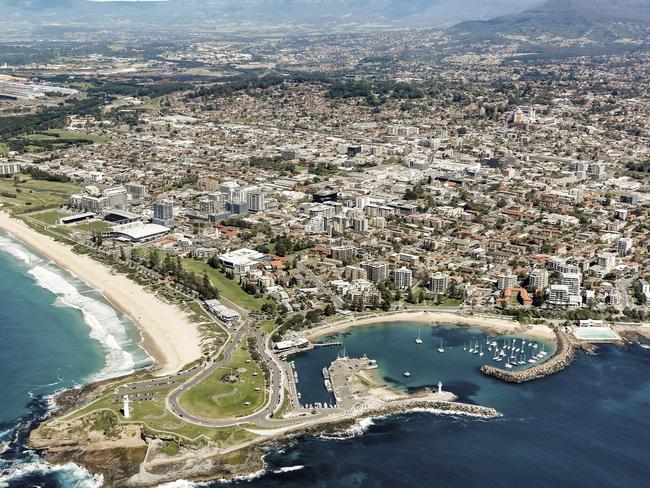
It takes commuters 90 minutes on the train to get from Wollongong to Central and this line will reach capacity in 2031, according to the NSW Transport 2056 report.
Reducing the commute time by 30 minutes, however, could result in an additional 10,000 dwellings in Wollongong, according to Wollongong Council.
MORE FROM BEN PIKE:
Sky is the limit for Badgerys Creek aerotropolis
‘We don’t want sky-high slums of the future’
The city needs to create 120,000sq m of new office space by 2036 to accommodate future employment demand, Wollongong Council’s Economic Development Strategy 2019-2029 report says.
To put that in perspective, that is four times the capacity of the new buildings currently under construction.
“The taller buildings would act as a transition from the mountains to the west and the coast to the east and carry down Wollongong’s main street,” Mr Johnson said.
“As the buildings get taller they would be more expressive in their form.”
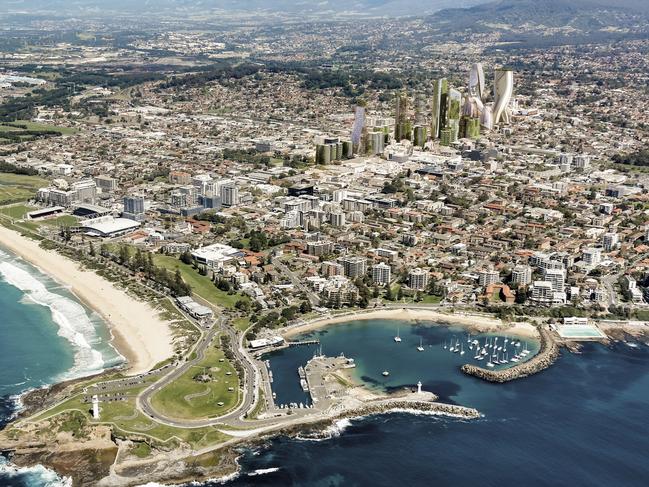
The Urban Taskforce images are continuing Wollongong’s “renaissance”, which has seen 80 new small bars, eateries and cafes since 2012.
Simon Kersten, managing director of Colliers Wollongong, said the city has gone through a fundamental shift.
“Ten years ago a young couple bought out in Dapto, now they are buying an apartment in the CBD,” the real estate professional said.
“Wollongong is a nicer place to live now with laneways, amenity, and cafes. More modern apartment blocks are coming online.”
Mr Kersten said current maximum heights are 15-20 storeys while other areas are zoned for 130m (or about 35 storeys).
Speaking about the Urban Taskforce image, Mr Kersten said: “There are big sites there which are marked and part of it could be a reality in five years.
“If we are allowed height it will be closer to the water. It is a very rational approached. Is it likely? I am not sure.”
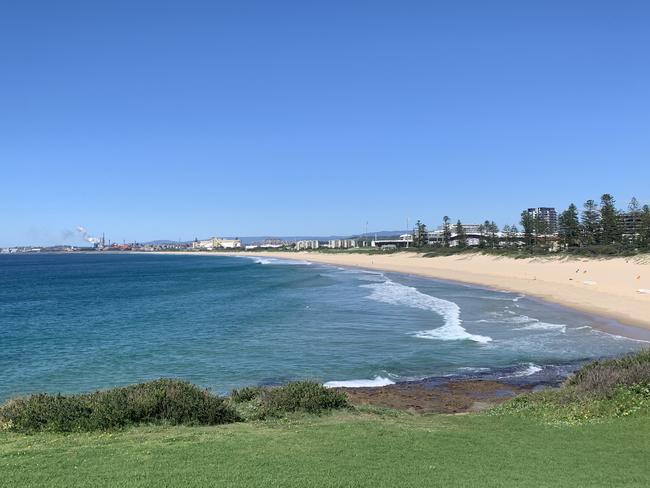
In December 2018 the NSW Government announced it is investigating the opportunity for high-speed rail links along four corridors between Sydney and regional NSW, including the Nowra-Wollongong corridor.
This process will begin in 2019 with the initial focus on how to make existing infrastructure work better and accommodate trains travelling up to 200km/h.
Further funding, beyond the $4.6 million for the initial feasibility study, has not yet been committed, according to Wollongong Council.
Wollongong City’s Acting Lord Mayor David Brown said the council supports the notion of fast train connectivity between Wollongong and Sydney and reduced commuter time.
“Rather than being a commuter suburb for Sydney, Council’s draft Economic Development Strategy supports increased local opportunities for higher order jobs,” he said.
“One of the key objectives is to generate 10,500 new jobs in the next decade.
“This will be achieved by enhancing Wollongong City Centre as a commercial hub and regional city.”
Originally published as Wollongong set to become a mini-metropolis by 2040

